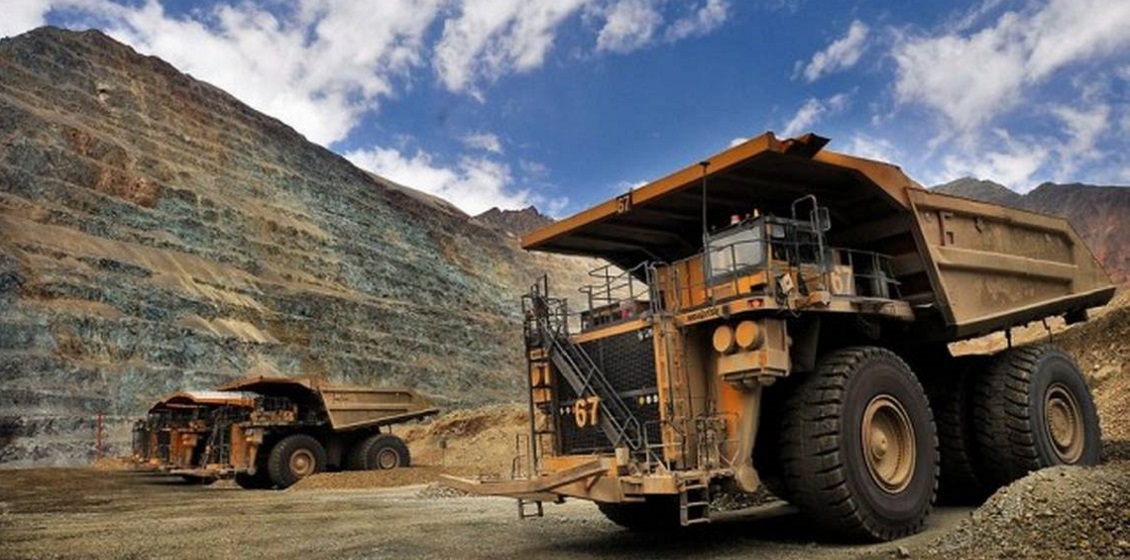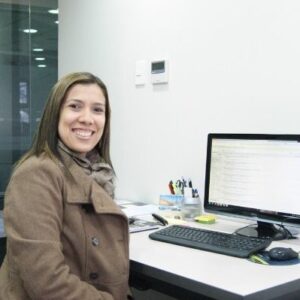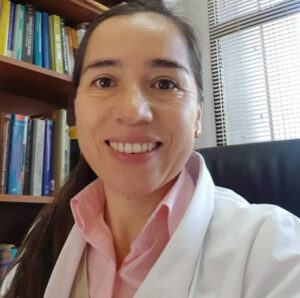Chile has its massive copper mining industry to thank for a sizable portion of its gross national production, but the country can also point to this same sector as the culprit in a major drought that has affected this region for many years. What is the nature of this water shortage? How could it be addressed?
Empty and dusty basins. Satellite images of dry reservoirs. Goats, horses and sheeps looking for water. Men and women carrying buckets to get themselves drinking water. Trees falling dry. Local administrations are asking the central government to declare a state of emergency due to the alarming drought. These difficult images do not come from a specific place but belong to different parts of the world. Spain, Italy, Mexico, France, Chile are some of the countries that are going through an emergency due to water scarcity in their territories. According to data provided by the UN, by 2025 half of the world’s population will live in areas of water scarcity.
Chile – a country that is composed of deserts, valleys, seas and mountains in a single territory – has been going through a mega-drought for more than a decade. This phenomenon mainly affects the central zone of the country and implies a pluviometric deficit of an average of between 20 and 40 percent of annual precipitation compared to the historical record.
In this scenario, copper mining, a productive activity that has been one of the main economic activities in Chile for the last 50 years, becomes important. It contributes 10% of Chilean GDP and represents more than 55% of all Chilean exports. However, despite their economic contribution, mining operations use between 3% and 4% of the total national water available resources. This situation is paradoxical, since the freshwater sources available are diminishing along with the drought. This situation puts mining in a very awkward position in front of environmental groups of Chilean society because water is not only needed for human consumption but also pollutes and destroys valuable ecosystems.
“The copper will still require many liters of water to continue to be processed,” explains Andreina García, academic from the Department of Mining Engineering of the Faculty of Physical and Mathematical Sciences of the Universidad de Chile.
Currently, mining operations obtain water from rivers, aquifers, underground water sources and the sea. Using less and less water in mining operations is a challenge because the copper is very deep and in order to get it, more rock is needed to be processed, which needs more water.
So, how does the mining industry work in a water scarcity environment and what technical solutions are being developed to deal with the lack of water?
Water in big mining operations
The National Copper Corporation of Chile, better known as “Codelco”, is a Chilean state company dedicated to copper mining, an area in which it is known for being one of the largest companies on the planet.
Until the 1990s, most of the mining operations in Chile were carried out by Codelco. However, since those years –and as part of a process of liberalization of the Chilean economy after the end of the dictatorship–, the mining industry began to open up and international mining companies started to settle in the country beginning a cycle where private mining is the main character of this productive activity.
The academic from the Universidad de Chile and AMTC researcher, Christian Ihle, explains the context of this installation: “International private mining companies formulated their copper extraction projects in a different water context, since in those years water an abund resource and the rivers, afluents and other water sources were near of the mining operations,” Ihle explains.
“Many of these operations were located in the Atacama region, one of the driest deserts in the world at 2,000, 4,000, 5,000 meters above sea level. Most of these operations involve transporting and moving water for 200 or 300 kilometers. These are operations with a considerable energy and infrastructure cost”, indicates the academic.
“After a few years, water began to become a critical, scarce and expensive resource. Scarce because there was no longer plenty of water near the mining operations and it was also expensive. Also because in some cases when desalination technology infrastructure was implemented to bring water from the sea”, indicates the academic.
Given this scenario, the government of President Gabriel Boric announced in June 2022, in its first public account, an investment of 86 million dollars for Coldeco. “We believe in a mining activity that is responsible and that improves its socio-environmental standards. That is why CODELCO has established, by 2026 a commitment to reduce their gas emissions by 64%, also reduce in 42% its fresh water consumption and to recycle 55% of industrial waste”, indicated the president.
Science, research, technology: an approach to solutions
But how do public and private mining companies try to reduce their water consumption? And how can innovation, science and technology play a role in this challenge?
A group of researchers gathered under the name “Water, Environment and Sustainability” led by Andreina García, an academic from the Department of Mining Engineering of the Faculty of Physical and Mathematical Sciences of the Universidad de Chile, seek to develop technological solutions as a strategy to address the water scarcity in the mining industry.
The research group has three lines: The first aims to improve the seawater desalination process. The second seeks to reuse mining liquids used in operations. The third line of research treat natural and groundwater enriched with elements that are highly toxic for human consumption.
Desalination membranes, bioreactors and water treatment
According to García, the desalination of seawater is the main strategy that mining has to supply itself with water in the future. “It is expected that between now and 2030, 50% of the water used by mining will come from seawater and mainly desalinated seawater,” says the academic.
And she adds: “The process currently installed in desalination plants in Chile is a process known as reverse osmosis, which has limitations in its operation. One of these limitations is the useful life of the desalination filters. What we do in the laboratory is produce new and improved membranes to optimize the desalination process”, she explains.
“We are developing desalination membranes with copper that prevent microorganisms present in seawater from plugging, dirtying and collapsing the system. We are also looking to extend the useful life of the material.”
The second research project that seeks to reduce water consumption in large-scale mining has to do with the recovery of water from any residue from mining operations through bioreactors or microorganisms that seek to make the water suitable for agricultural irrigation.
Researchers are currently working with the Tranque Ovejería, located in the Til Til commune, and the Tranque Talabre, located northeast of Calama, a city located in the north of the country.
“Depending on the water, there are different treatments because the water from the dams in the central zone of Chile is chemically very different from that from the dams in the northern zone,” explains Yasna Tapia Fernandez, AMTC researcher in charge of this project.
“We have the chemical challenge of being able to treat that water so that it meets the regulations and reduce the concentration of metals in the water through biological treatment through bioreactors,” she adds.
Finally, in the third line of research is the Solar Senic project, a system for removing arsenic from surface water or groundwater whose implementation is already underway. In northern Chile, surface waters can be highly contaminated with arsenic, a chemical element that is highly toxic and carcinogenic. Through the use of nanomaterials and sunlight, the researchers developed a technology that manages to remove arsenic from the water, converting the water into potable water for later use by indigenous communities in the Atacama.
“It is a challenge to be able to find partners and acceptance by the industry. Nowadays, these research, development and technology programs force you to look for that associated entity that not only believes in the project or initiative, but is also willing to make financial contributions so that it can be executed correctly”, explains García.
And Yasna Tapia adds that the industry must look for other solutions to produce copper without water in a future scenario. “In a scenario where we are facing the consequences of climate change, we have to think about more sustainable technologies than buying these desalination plants that are very large and very expensive,” she finalized.
Marta Apablaza Riquelme is a freelance science journalist based in Santiago, Chile









